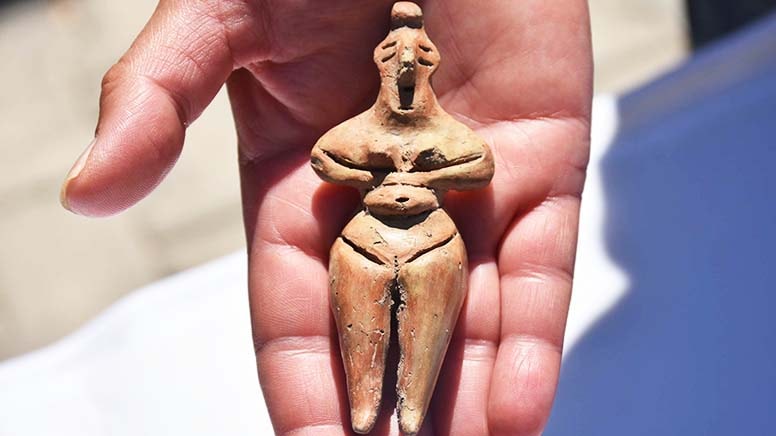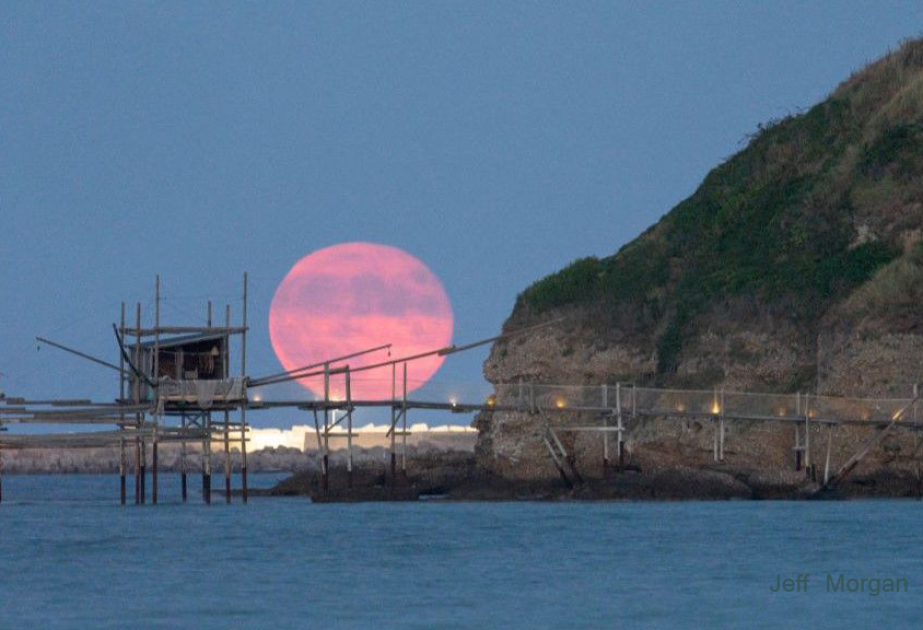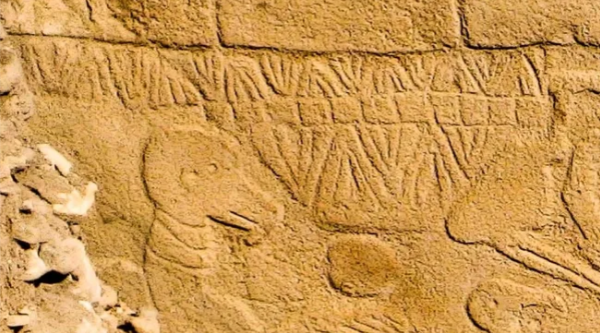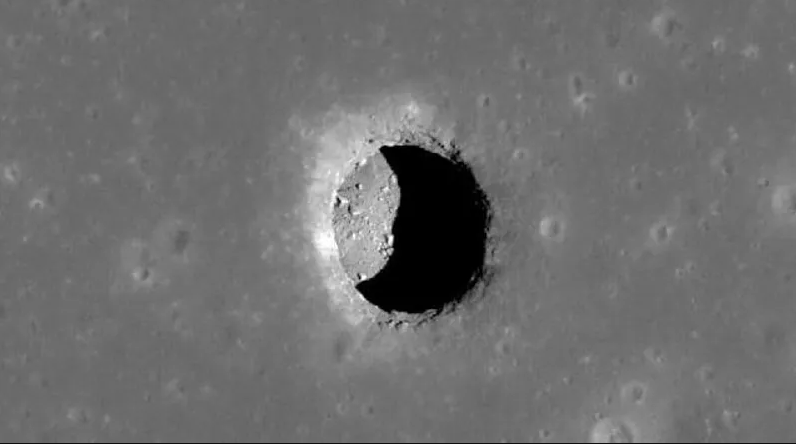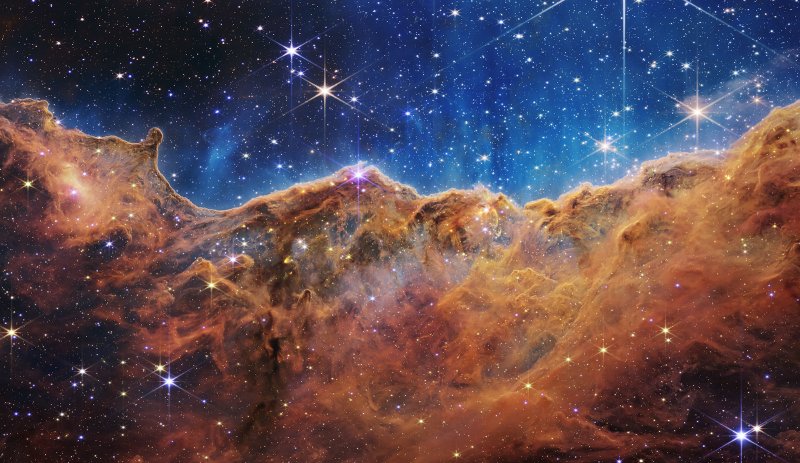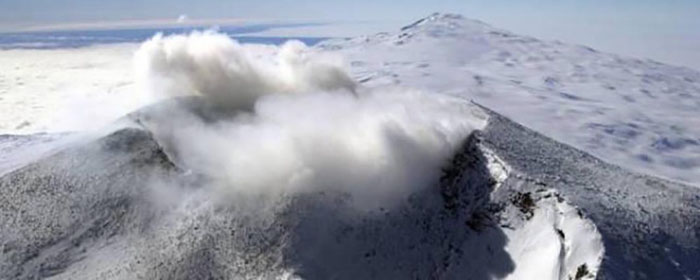
- A-
- A
- A+
Scientists find 91 new volcanoes under Antarctic ice sheet
The volcanoes were not previously identified because their tops do not break through the surface of the Antarctic ice sheet.
The largest volcanic region on Earth has been found thousands of meters below the surface of the ice sheet covering Antarctica.
A survey of the region of the West Antarctic Rift System has revealed 91 new volcanoes hidden within the ice.
The new volcanoes are on top of the 47 whose peaks are above the ice and were already known about.
The volcanoes range in height from 100m to a towering 3,850m tall.
Geologists say the range has similarities to east Africa's volcanic ridge, which was previously thought to have the densest concentration of volcanoes in the world.
It is unclear whether the Antarctic volcanoes are active, but previous studies have suggested that during warmer periods volcanic activity does occur in the region.
If the ice thins as the climate warms it is thought volcanic activity in the area could increase.
The project was carried out by researchers from the University of Edinburgh who remotely surveyed the underside of the ice sheet.
They were looking for peaks of basalt rock hidden beneath the ice, like the volcanoes that were already known about in the area.
Measurements from ice-penetrating radar were compared with satellite and database records, as well as information from aerial surveys and revealed 91 peaks.
It is hoped the discovery will allow scientists to understand how volcanoes affect long-term fluctuations in the ice sheet as well as what the continent was like in past climates.
The idea to look for further volcanoes beneath the ice sheet came from a third-year student at the University of Edinburgh, Max Van Wyk de Vries.
"Antarctica remains among the least studied areas of the globe," he said.
"As a young scientist I was excited to learn about something new and not well understood. After examining existing data on west Antarctica, I began discovering traces of volcanism.
"Naturally I looked into it further, which led to this discovery."
Dr Robert Bingham, from the University of Edinburgh, said the detection of the volcanoes could help them understand other rift systems.
Similar News
Links




 Elm TV
Elm TV
 Photo
Photo
 Video
Video
